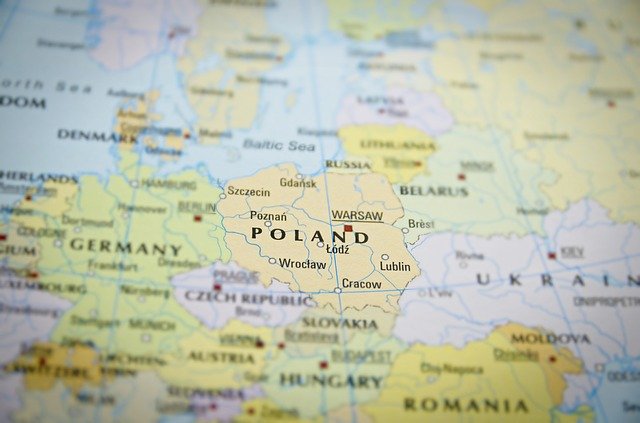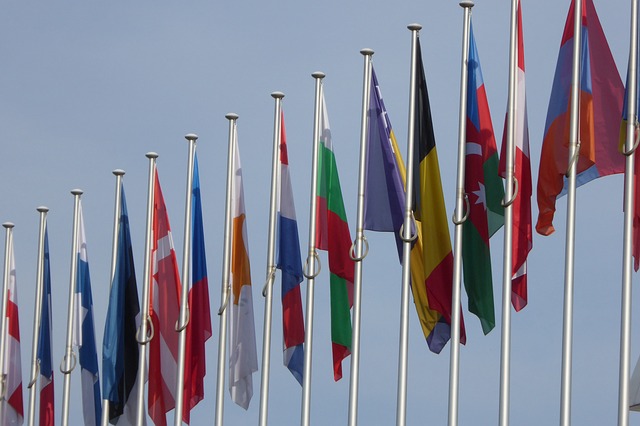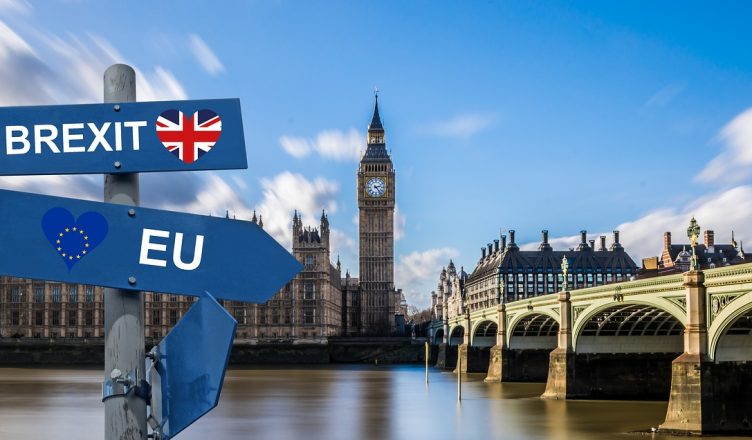Europe is one of the most popular holiday destinations in the world. The continent is filled with gorgeous cities, picturesque towns, and idyllic villages. Moreover, you would get to see everything from mountains to beaches here. Europe is also steeped in history, culture, and art. Several major historical incidents have happened in Europe, and you can glimpse the history of the continent in most major cities of this place. There are several things to do in Europe for once-in-a-lifetime experience. However, most people are confused when it comes to applying for a visa to visit one of the European countries. One of the main reasons for this is because of the 2 European entities: European Union and Schengen Area. Here you will know all about European Union and Schengen Area.
Is European Union and Schengen Area the same?
This is one of the most common questions that people have about Europe. The answer to this question is no. Although both entities belong to Europe, they are completely different. While European Union is a political and economic entity, Schengen is the largest free movement area in the world. While you would find several of the European countries in both the groups, some of the countries in the European Union are not part of the Schengen area, whereas not only countries in the Schengen area are part of the European Union. Here you would get all the information about European Union and Schengen area.

European Union
The European Union is an economic and political union that traces its origin to the years after World War II. After the big war, the European countries wanted an establishment or entity to maintain peace amongst them. This led to the foundation of the Council of Europe in 1949, which included 10 countries.
Later in 1959, Germany and France came together to begin the European Coal and Steel Community, which also included Belgium, the Netherlands, Luxembourg, and Italy. Membership to this entity was extended to other countries, and thus the European Economic Community (EEC) was created in 1957. In the coming years, more countries joined this union, including the United Kingdom, Ireland, Denmark, Spain, Greece, and Portugal. In 1992, new policies were developed, leading to the establishment of the European Union during the Maastricht Treaty.

The European Union or EU consists of 27 countries that are bound by some common laws. While each of the countries has the right to make their own set of rules and regulations, there are some rules that have to be followed by all. It has a single monetary and trade body and does not have any body controls for the member nations. Moreover, they have common agricultural, social, and regional policies.
The European Union is run by three groups: The European Union or EU Council, the European Commission, and the European Parliament. These three entities are responsible for creating and maintain laws and also ensuring that peace is maintained amongst all the member states. The citizens of the EU countries have the freedom to not only travel to the other EU countries but also to live, study, work, and retire in any of these countries.
The 27 countries belonging to the European Union are as follows:
- Austria
- Belgium
- Bulgaria
- Croatia
- Cyprus
- Czech Republic
- Denmark
- Estonia
- Finland
- France
- Germany
- Greece
- Hungary
- Ireland
- Italy
- Latvia
- Lithuania
- Luxembourg
- Malta
- Netherlands
- Poland
- Portugal
- Romania
- Slovakia
- Slovenia
- Spain
- Sweden
The United Kingdom was one of the European Union countries till January 31’ 2020. However, the country decided to withdraw from the Union after 47 years with Brexit.
Schengen Area
The Schengen Area is a European zone that has abolished internal border rules amongst themselves. This is the largest free movement area in the entire world. The Schengen agreement was first signed in 1984 with just France and Germany. In 1985, three more countries i.e. Belgium, the Netherlands, and Luxembourg joined the group. This agreement was signed in a small village in South Luxembourg named Schengen.

The plan was to abolish border checks at common borders gradually. But it was in 1990 that the same countries signed a concrete implementation Schengen agreement that included abolition of internal border controls, uniform visa issuance procedures, SIS database operations, and a proper cooperation structure between immigration and internal officers. After this agreement, more countries joined the Schengen Agreement, and today the Schengen zone consists of 26 countries.
The countries belonging to the Schengen zone are as follows:
- Austria
- Belgium
- Czech Republic
- Denmark
- Estonia
- Finland
- France
- Germany
- Greece
- Hungary
- Iceland
- Italy
- Latvia
- Liechtenstein
- Lithuania
- Luxembourg
- Malta
- Netherlands
- Norway
- Poland
- Portugal
- Slovakia
- Slovenia
- Spain
- Sweden
- Switzerland
As you see, Ireland which is part of the European Union is not part of the Schengen area. Similarly, Romania, Bulgaria, Croatia, Cyprus, and Switzerland, are part of the Schengen area but not of the European Union. However, efforts have been made to add more countries to the Schengen area.
Schengen Visa
Citizens of the Schengen area countries are free to move around other Schengen areas without a visa. Moreover, some countries like USA, Canada, UK, etc. are eligible for visa waiver to visit the Schengen areas. However, if you belong to a country that is not eligible for visa waiver, you would have to get a Schengen visa to visit any of these countries. The best part is you only need a single visa to visit these 26 countries, and you would have to undergo border check and control only at the entry port, i.e. the first country you are visiting in the Schengen area. Apart from the 26 countries, the Schengen visa gives you the chance to visit 3 microstates like Vatican City, Monaco, and San Marino.
Apart from the top-rated tourist attractions in the Schengen area, a multiple-entry Schengen visa allows you to visit a few non-Schengen countries for a short period of time (2 weeks). These countries include:
- Albania
- Antigua and Barbuda
- Belarus
- Bosnia and Herzegovina
- Bulgaria
- Colombia
- Croatia
- Cyprus
- Georgia
- Gibraltar
- Kosovo
- Montenegro
- North Macedonia
- Romania
- Sao Tome and Principe
- Serbia
- Turkey
So you see, European Union and Schengen Area are completely different, although most European countries are part of both the entities. If you are planning to visit any of the European countries, you need to know whether you have to apply for a Schengen visa or a separate visa for that particular country. An important thing to remember is that a Schengen visa is a tourist visa, and the Schengen visa tips will help you to apply for one. The Schengen visa is not applicable to people who want to work or study in any of the Schengen countries. In this case, you have to apply for a separate visa for these countries. Hence, it is important to know about the things to keep in mind when travelling to a Schengen country.
